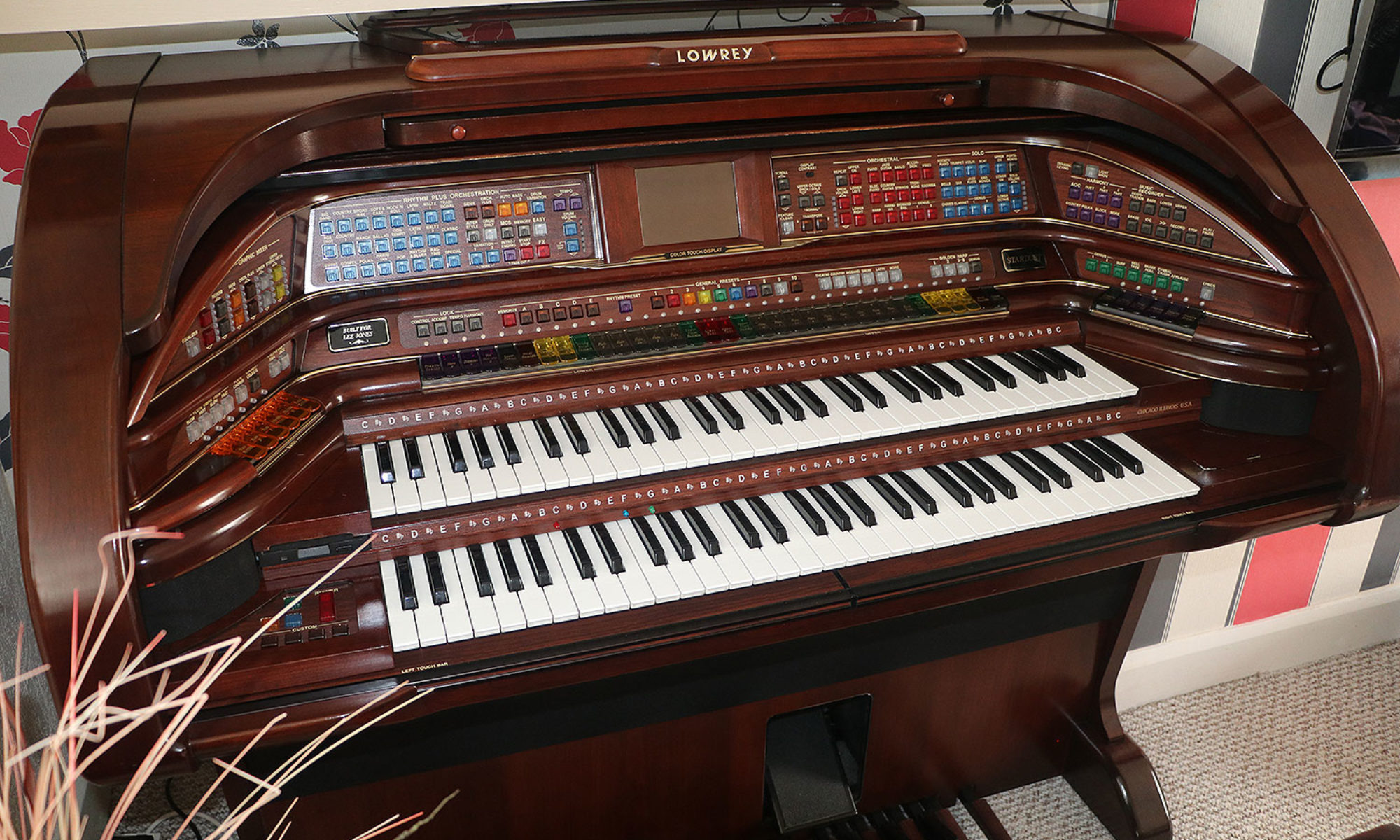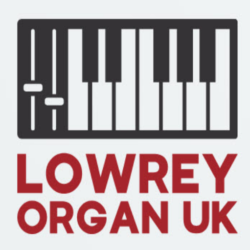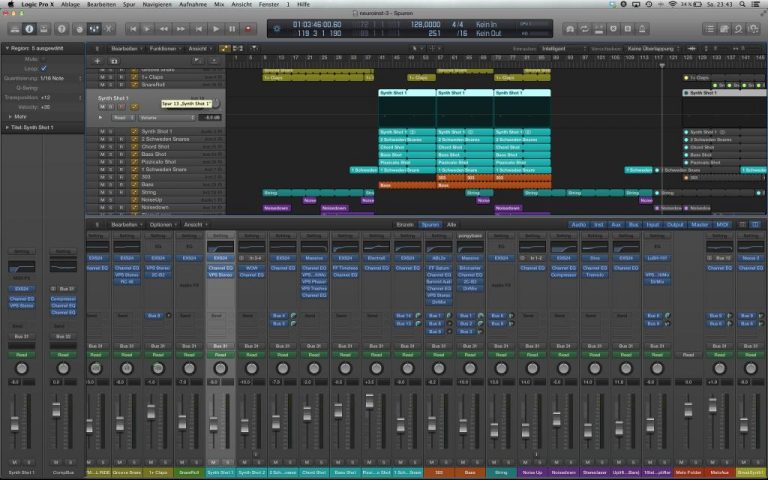MIDI latency is the delay between when a note is pressed on a MIDI controller such as organ, and when the resulting audio is heard. It’s usually measured in milliseconds. but can be 5 seconds or more
Live
![]() Mac: Yes
Mac: Yes
Win: Yes
Linux: No
Audio: Yes
MIDI: Yes
Virtual: Yes
Notation: No
Rewire: Yes
Plug-In: VST/AU
Driver: ASIO/Core Audio
Price: Free – $750
If any DAW should get an award for thinking outside the box, it is Ableton Live. The entire concept of Ableton Live is not to conform to the standard tape-machine/mixing console/edit window-based layout and workflow of every other DAW.
Live is catered to creating music, and if that works better without a mixing console-type view, then get rid of it. This is a great model, and Live has found a very loyal following of users who have embraced this out-of-the-box style of thinking. The issue that often arises is that this loyal fan base tries to convince the rest of DAW users that they should throw away their mixing console mentality and embrace the future.
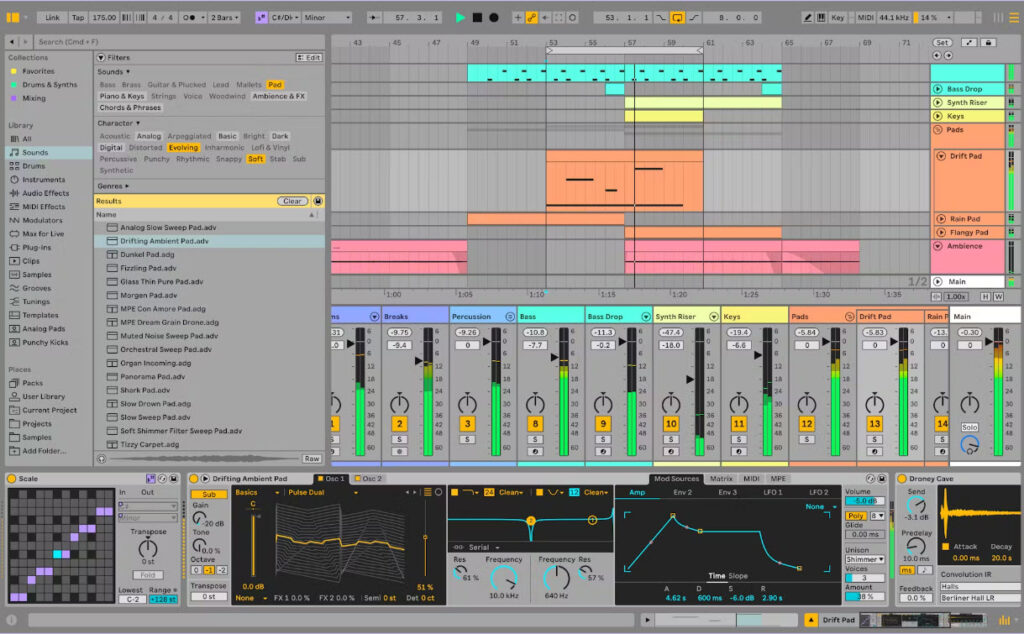
LOGIC PRO
Logic Pro is a proprietary Digital Audio Workstation (DAW) and MIDI sequencer software application for the macOS platform only. developed by Apple Inc. It was originally created in the early 1990s as Notator Logic, or Logic, by German software developer C-Lab which later went by Emagic. Apple acquired Emagic in 2002 and renamed Logic to Logic Pro. It was the second most popular DAW – after Ableton Live – according to a survey conducted in 2015
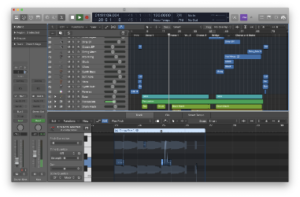
Logic Pro
![]() Mac: Yes
Mac: Yes
PC: No
Linux: No
Audio: Yes
MIDI: Yes
Virtual: Yes
Notation: Yes
Rewire: Yes
Plug-In: AU
Driver: Core Audio
Price: $199
Apple Logic Pro (originally made by Emagic) has been around for a long time, since the it was a simple MIDI sequencer. Emagic developed Logic for both Mac and Windows, but the Windows version was discontinued after Apple acquired Emagic in 2002. After a few versions, Logic was officially Apple-ized being the first truly single window DAW while still allowing multiple window workflows.
This helped to make Logic one of the most popular DAWs in addition to Apple adding a suite of program an amazing library of loops and cutting the price in half. Logic is most commonly used for music production with an expansive feature-set of loops, virtual instruments and processors. It functions like an instrument, assisting in the creative process and is used by countless composer and electronic musicians. You will also often see Logic Pro in full recording studios completing every step of the production process. The lack of significant updates in recent years has caused Logic’s popularity to wane. There are rumors of a Logic Pro X (10) release that will hopefully revitalize the program, but only time will tell.
MAS
(MOTU Audio System)
1. An audio plug-in format created by MOTU (Mark of the Unicorn)
2. Plug-in format used mainly by Digital Performer.
Mastering
1. The process of preparing mixed music to be reproduced on a deliverable medium such as CDs, DVDs, or vinyl.
2. Applying processing to mono, stereo, or surround mixed tracks in order to match levels, sound, and emotion with other tracks on the album and most importantly, to make them sound better.
MIDI
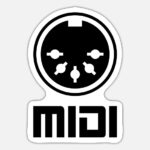
Musical Instrument Digital Interface
MIDI is a standard to transmit and store music, it was originally designed for digital music synthesizers. but can be equally used with our LOWREY Organs
MIDI does not transmit or save audio sounds such as WAV or MP3
MIDI CHANNEL
A channel is an independent path over which messages travel to their destination. There are 16 channels per MIDI device. A track in your sequencer program plays one instrument over a single channel. The MIDI messages in the track find their way to the instrument over that channel.
MIDI CONTROL MESSAGES
MIDI CC messages are commonly used to control parameters such as volume (CC#7), pan (CC#10), data slider (CC#6), and mod wheel (CC#1), though nearly any CC message can be customized from your host or controller.
MIDI TRACKS
MIDI tracks record MIDI data—performance data about sequences of notes played—whereas audio tracks record representations of actual sound waves.
They are fundamentally different types of data. Yet, they can both be combined effectively using modern hardware and software to form coherent audio productions.
